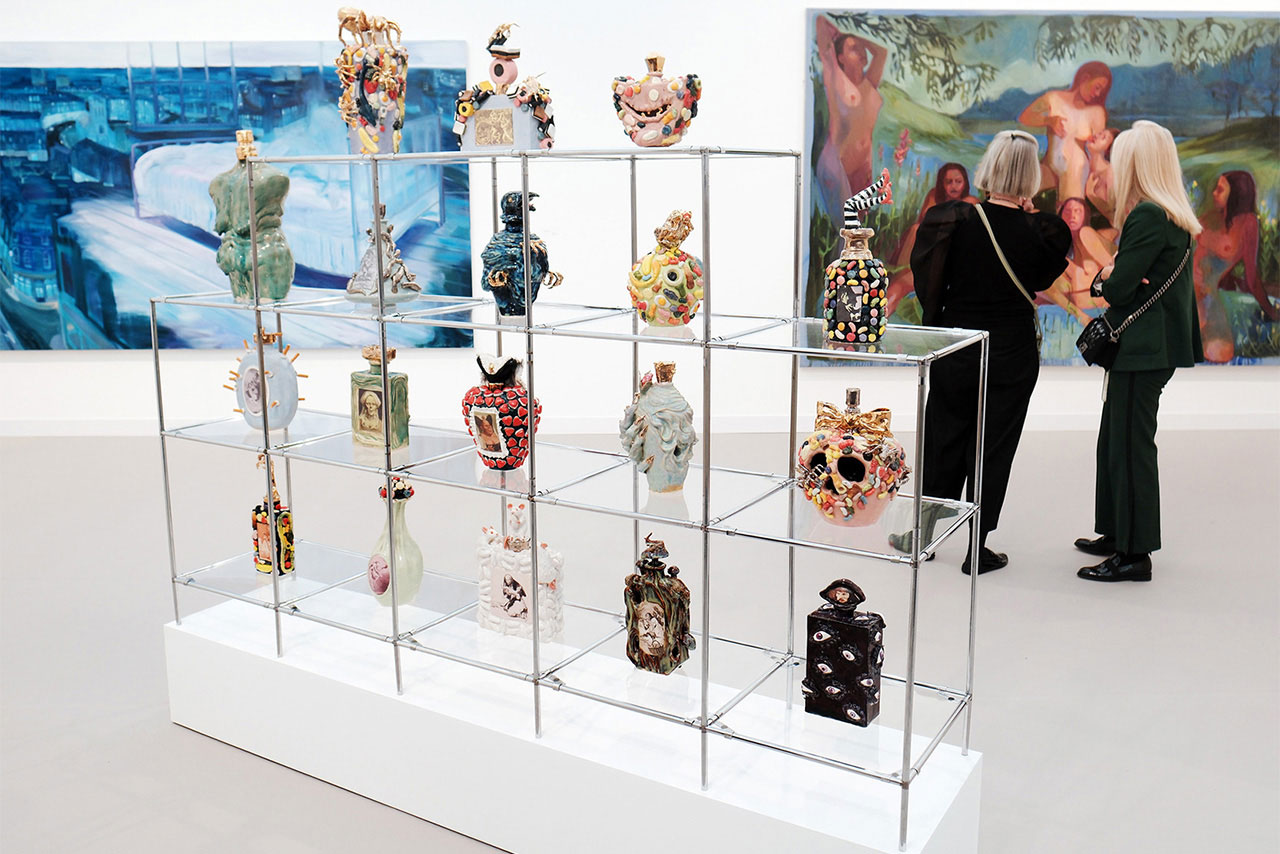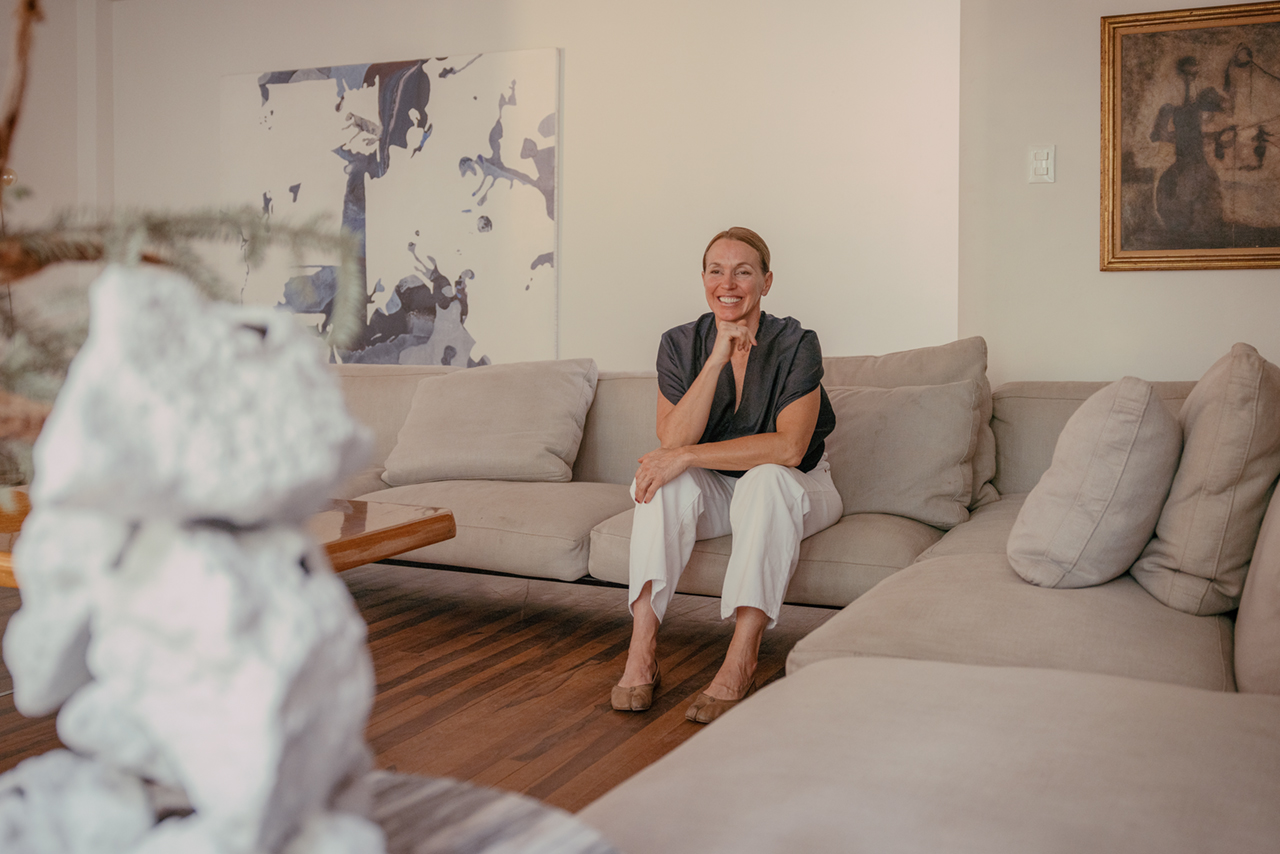The pick of Frieze London, Chanel’s new arts magazine and a dream sofa in Mexico City
|
Tuesday 14/10/25
|

|
|
London
Paris
Zürich
Milan
Bangkok
Tokyo
Toronto
|
|
|
|

Good morning from Midori House. For more news and views, tune in to Monocle Radio. Here’s what’s coming up in today’s Monocle Minute:
THE OPINION: How ignorance can contribute to peace
FROM MONOCLE.COM: Frieze London highlights
DAILY TREAT: Chanel’s ‘Arts & Culture’ magazine
FROM MONOCLE.COM: On the sofa with Tatiana Bilbao
|
|
If the Gaza ceasefire holds, it will be a vindication of Trump’s ignorant-man diplomacy
By Alexis Self
|

|
No one but a sadistic zealot would greet the prospect of an end to the war in Gaza with anything other than relief. The past two years have been the most bloodstained of a conflict that has been going on now for almost 80 years. Though Donald Trump has hailed himself as the deliverer of a new dawn, overwhelming historical precedent would suggest that a permanent end to the fighting is not likely to materialise. Perhaps the most stubborn barrier to such a breakthrough is the unwillingness of the warring sides to move beyond that precedent.
As ever, their leaders greeted yesterday’s cessation with exhortation rather than lament. Hamas’s communique announcing its consent to the ceasefire deal read as the pronouncement of a victorious army; Benjamin Netanyahu’s address to the Knesset, meanwhile, featured a list of military triumphs and a clenched fist. The Israel-Palestine conflict has been a constant in most people’s lives. To solve such an intractable problem requires leaders who refuse to indulge in the paradigm of conflict and see the past not as a tool with which to attack their opponents but as a burden that must be overcome.

Momentous day: Israelis in Tel Aviv celebrate the return of Hamas hostages
This is where Trump comes in. The US president can hardly be called conflict averse but his success in securing this ceasefire can at least partly be attributed to his refusal to become bogged down in history. This is not because of the mad-man theory of diplomacy that is often associated with him but rather the ignorant-man one. Since Trump doesn’t know (or seem particularly interested in learning about) the deep-seated causes of the present conflict, he can approach negotiations from a more objective viewpoint. Sometimes this blank slate doesn’t pay off: Trump’s proposals for a “Riviera of the Middle East” development earlier this year arguably emboldened the Israeli far-right to continue the conflict to help realise its long-held aim to expel the Palestinians from Gaza. But during the recent negotiations, it meant that he could push the respective parties – especially Netanyahu – into accepting what for them would have looked like an imperfect deal.
Trump was helped by the Gulf Arab states, whose support for the current deal, along with that of other regional powers such as Turkey and Egypt, was integral to getting it over the line. While it would be churlish to deny that these countries had other reasons for wanting to end the war, what finally moved them to effectively mobilise for peace was Israel’s rash attack on Qatar last month. That strike led directly to the Gulf countries closing ranks and moving to contain what they saw as overreaching and destabilising Israeli aggression.

Homeward bound: Palestinian prisoners arrive in Gaza after their release
The war in Gaza has also destabilised the more rancorous and democratic societies of Egypt and Turkey, as it has many European countries and the US too. Though it might seem cynical to say so, in the end it was self-interest more than humanitarian concern that moved these countries to act decisively. Almost every one of the aforementioned Middle Eastern nations is presently engaged in government programmes (usually given a moniker including the word “Vision”) that are designed to attract inward investment.
If nothing else, Trump understands this – let’s call it the money-man theory of diplomacy. And if he is the person who can eventually cut through centuries-old divisions and turn Gaza, and the wider Middle East, into a peaceful and prosperous place beloved by investors, then he can justly be described as a visionary.
Alexis Self is Monocle's foreign editor. Further reading? Monocle's security correspondent, Gorana Grgić, wants Trump's opponents to better understand his governing style.
|
|
EDO TOKYO KIRARI  MONOCLE MONOCLE
|
|
from monocle.com: uk
What to see at this year’s Frieze London
Regent’s Park is about to get busy (and buzzy) as Frieze London returns with its vast white tents to temporarily displace the local geese (writes Sophie Monaghan-Coombs). In their stead from 15 to 19 October will be gallerists, collectors and other denizens of the international art scene. The event’s director, Eva Langret, talks us through this year’s fresh additions and what not to miss.

Frieze frame: The celebrated art fair returns to London this week
Where should visitors start this year?
Frieze Sculpture, our outdoor display in Regent’s Park, is the first thing that people see so that’s where I’d begin. At this year’s edition, we’re showing pieces by 14 international artists. There are some monumental works, made in direct response to the park. A particularly brilliant piece is by multidisciplinary collective Assemble, which has created a large sculpture of a dog that almost seems like the guardian of the park. The work explores ideas around folklore, architecture and the passing of the seasons.
There’s also a sculpture by Indian artist Reena Saini Kallat: it’s effectively a horn and, if you get close to it, you can hear the birdsong of several now-extinct species. It functions as a sound archive but resembles the kind of machinery that was used before the invention of flight radar. This outdated piece of engineering helps us to think about moments of absence and friction in history, and their effect on ecosystems and people.
What’s happening inside the tent?
We have 168 galleries from more than 40 countries. Many of them have been participating for years so will be familiar to our audience. But there are some newcomers too. It’s important for us to consider the way we represent various art scenes and how to be more global in our approach. This year, Selma Feriani from Tunis and South Africa’s Southern Guild have joined us for the first time.
The Frieze Artist Award has an interesting recipient this year, who will be giving fairgoers the chance to see a live performance. Could you tell us more about her?
Sophia Al-Maria has built a mock comedy club inside Frieze. She has been employing comedy as a medium for some time but this will be the first official piece in which she has fully engaged with it. We are excited to see how the performance might rupture the context of the fair. It will feel unsettling and unusual but the idea of playing with the format has existed throughout the history of Frieze and Sophia’s project is in keeping with that. It will be an experience.
To read the full interview with Eva Langret, click here.
|
|
• • • • • DAILY TREAT • • • • •
Thumb the pages of Chanel’s new magazine
Pining for some fresh print? In Chanel’s inaugural 250-page Arts & Culture magazine, Swiss critic and curator Hans Ulrich Obrist muses on the relationship between art and technology, while US photographer Roe Ethridge creates sumptuous still‐life shots of objects that once belonged to Gabrielle Chanel. Also in the mix are artist profiles, cultural essays and more remarkable photography. Throughout the issue, artists are asked, “What comes next?” It’s a question that we’re eagerly asking of Chanel’s magazine production team too.
|
|
SPONSORED BY EDO TOKYO KIRARI
|
|
in print: ‘designers on sofas’
Tatiana Bilbao on how the Soft Dream sofa has become central to her family life
The focal point of Tatiana Bilbao’s home is a huge Soft Dream sofa from Flexform. Designed in 2010 by Antonio Citterio, with goose-down cushions, a rough-hewn linen-blend fabric and slender metal feet, it has withstood more than a decade of heavy use by her family. “It’s big, low and comfortable,” says Bilbao. “I find it very beautiful. We try to keep it clean but we’re almost at the point of giving up. We use it so much that it has faded but I like that.”

Home comforts: Tatiana Bilbao takes a break on her Soft Dream sofa
The Mexico City-based architect’s professional life has long explored how people interact with physical environments. The sofa at the heart of her home is intertwined with her family memories. “My daughter was just born when we got this couch and all of our kids have grown up on it,” says Bilbao. “It’s pretty big so we can sit together. And it’s the place where we spend Christmas, where someone naps during the day. Our three eldest children have boyfriends and girlfriends now, so they sit on it too.”
This human-centred approach has been a part of Bilbao’s work since she founded her namesake studio in 2004. While best known in the academic world for her teaching and ideas on housing, she is associated in Mexico City with her work on the Jardín Botánico Culiacán, the Sea of Cortez Research Center in Mazatlán and her many international projects. Often her process prioritises hand drawing and collage over digital methods. “The truth is that I don’t think that I work,” she says. “I live [architecture] 24 hours a day, 365 days a year.”
The end result of such a philosophy is the formation of deep relationships between spaces or objects and their users, as evidenced by the Soft Dream. “If I were to buy a new sofa now, I would choose the same one,” says Bilbao. “Let’s see how it ages with us. It has a lot of life left. Maybe my kids will have it.”
In ‘The Monocle Book of Designers on Sofas’, we meet 50 celebrated creatives from across the globe who get cosy on their couches with their pets, partners and children. They tell us about their sofa choices – why they designed them, why they chose them, how they use them. Available to pre-order here.
|
|
| | |